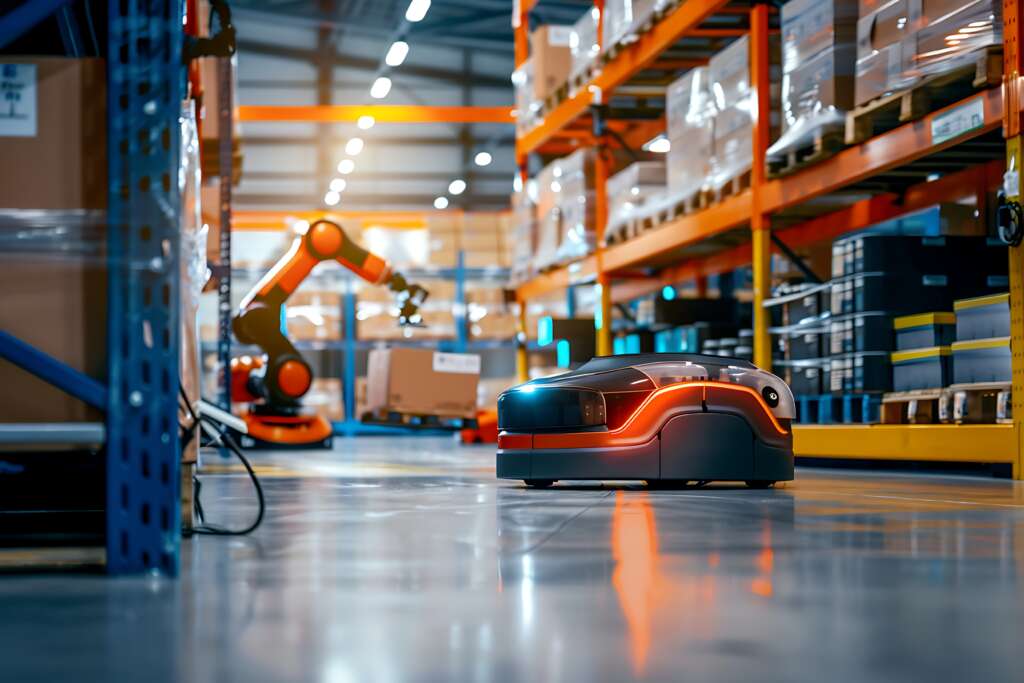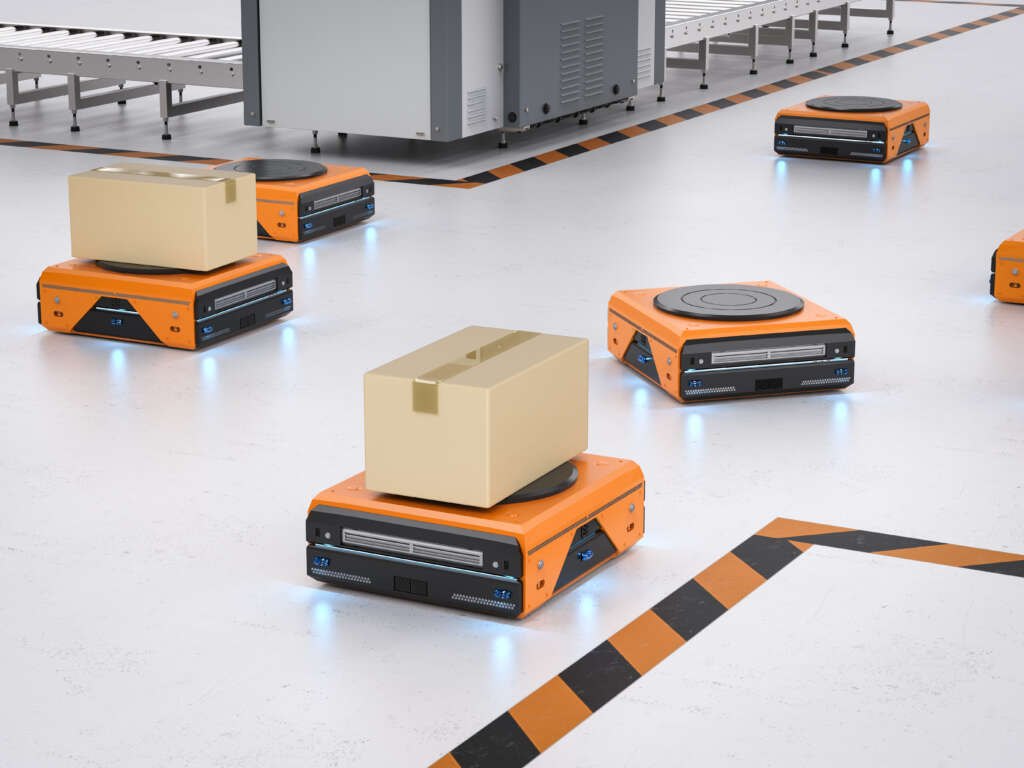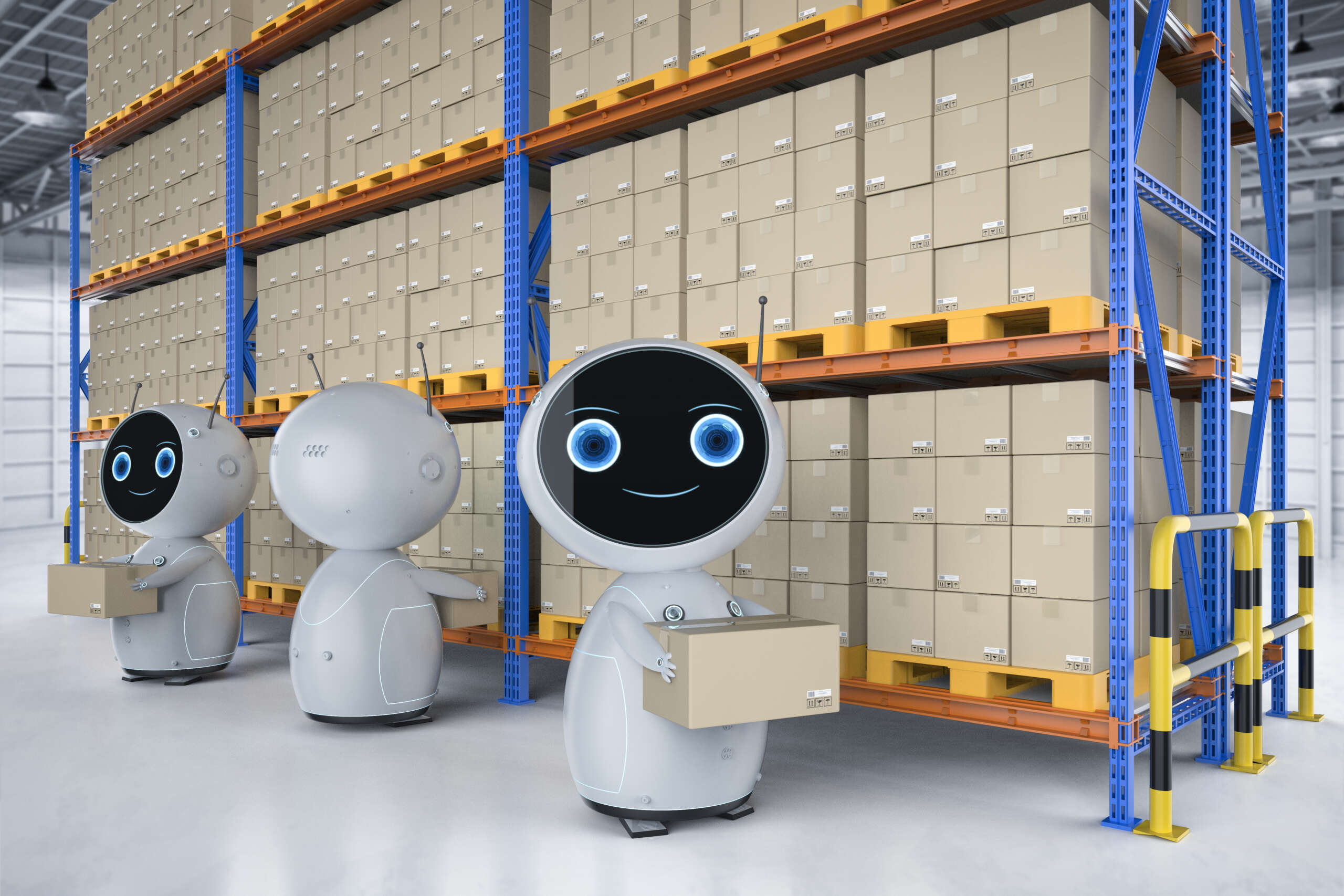Have you ever thought about if we could stop unexpected equipment failures? What if we could predict and prevent machine failures? AI predictive maintenance is making this possible, changing how we handle assets. It’s turning downtime into a manageable issue.
Imagine a world where AI helps us keep equipment running smoothly. This means better availability, performance, and quality. With AI, we can plan maintenance before problems happen and use our resources wisely.
Companies like Siemens and General Electric use AI to monitor equipment. They use data to spot problems early and plan maintenance. This proactive approach means we can prevent many issues before they start.
Companies like Tractian are using AI to manage assets better. They use sensors and systems to keep equipment running well. This is making it a reality to reduce downtime with AI.
AI is changing how we maintain equipment. It’s not just a dream; it’s happening in many industries. From aviation to manufacturing, AI is making things run smoothly.
AI can cut downtime by 40 percent and make assets last 35 percent longer. It’s not just about avoiding problems. It’s about making everything work together perfectly. Real-time data helps us manage better, leading to success.
We’re on the edge of a big change. Welcome to an era where AI helps us manage assets well. Reducing downtime with AI is now key to modern asset management.
The Role of AI in Redefining Predictive Maintenance Strategies
The move from old maintenance ways to new ones with AI maintenance forecasting and predictive analytics for maintenance is big news for industries. Now, companies can spot problems before they happen, making things run smoother and greener. This change comes from using lots of data with AI to predict when things might break.
Studies show how proactive maintenance with AI changes the game. For example, predictive maintenance cuts maintenance costs by up to 40% and downtime by about 50%. This market is growing fast, expected to hit $10.7 billion by 2026. This growth is thanks to AI’s clear benefits like cutting unplanned downtime and costs, and making equipment work better and last longer.

Take a leading logistics company that uses AI-driven predictive analytics for maintenance. They cut maintenance costs by 20% and got vehicles running 15% more often. A big utility company also saw a 50% drop in equipment failures and a 30% increase in asset lifespan with an AI solution.
Using AI in maintenance isn’t just about stopping problems. It’s also about making things run better and helping with tough decisions. For example, GE’s Predix platform and Rolls-Royce’s TotalCare service show how AI can plan maintenance, predict failures, and cut costs big time.
With these big steps forward, proactive maintenance with AI is changing the game in maintenance. Companies using these AI tools are getting ahead and staying strong in today’s fast market.
The Emergence of AI Predictive Maintenance in Modern Industries
The use of AI-driven equipment maintenance is becoming key in today’s industries. We’re moving from old reactive maintenance to proactive predictive maintenance thanks to AI and machine learning. This change shows how predictive maintenance in modern industries is changing and how it can make things more efficient.
Predictive maintenance uses real-time data from IoT sensors and machine learning to predict when equipment might fail. This lets businesses avoid downtime and the high costs of sudden breakdowns. By using AI to analyze patterns, companies can plan maintenance better, making equipment last longer and use assets better—a big part of AI in asset management.
This approach also helps in many areas of industry. It keeps machines running right, preventing defects and keeping product quality high. It also makes workplaces safer by spotting problems that could cause accidents before they happen.

Studies back up the benefits of predictive maintenance. For example, a PWC study found it can boost uptime by 51%, making things run smoother. Switching to condition-based monitoring cuts downtime by 30 to 60 percent and makes machines last 30 percent longer.
Predictive maintenance is not just about stopping failures. It’s also about making maintenance smarter with data. By looking at data from different sources, predictive systems can give better and timely maintenance advice. This helps with managing resources and controlling inventory better.
In the end, predictive maintenance is becoming more popular across different industries. It’s making industrial operations more efficient and reliable. The move to predictive maintenance in modern industries, with AI, is a big change. It’s a step towards smarter, more reliable ways of managing assets.
Understanding the Technology Behind AI-Driven Equipment Maintenance
The revolution in equipment maintenance thanks to AI in asset management is all about using data and real-time monitoring. Machine learning in predictive maintenance is key in moving from old ways to new ones. These models look at big data to guess when equipment might fail, helping avoid problems before they start.
New AI in predictive maintenance shows how IoT sensors send data in real time. This lets us predict when equipment might fail. It makes production smoother and keeps things running without stops. Using AI also means moving from regular checks to smart, AI-led fixes based on condition.
Looking at examples, we see less downtime and lower costs. This shows how AI in asset management is key. Predictive maintenance, with machine learning, is changing how industries keep their important stuff running. It makes things last longer and cuts down on sudden failures.
Machine learning in predictive maintenance looks ahead in maintenance. It’s becoming the standard for industries wanting to use tech for better operations. This tech doesn’t just see future failures. It also suggests how to stop them, making maintenance more proactive and less reactive.
Key Benefits of Integrating AI into Asset Management
Adding AI to asset management boosts efficiency and lowers costs. It’s a big leap forward from the old ways. AI can look at lots of data to predict when equipment might break down. This means preventing breakdowns with AI and cutting down on unplanned downtime. It makes the equipment last longer and works more reliably.
At the heart of this change is predictive analytics. It helps businesses move from fixing problems after they happen to stop them before they start. Companies like OnIndus use AI tools to give real-time insights. This leads to lower repair costs, more equipment running, and better maintenance schedules.

AI does more than just predict maintenance needs. It also makes equipment work better and helps with customer service by offering personalized help. By working with other new technologies, AI keeps improving asset management. It makes things more accurate, efficient, and able to grow.
AI cuts down the time and effort needed for regular checks and upkeep. It uses data to focus maintenance efforts, which means fewer equipment failures. As more industries like manufacturing and utilities use AI, they see better equipment performance and easier operations.
Using AI in asset management strengthens maintenance and pushes businesses to new heights of efficiency and customer happiness. It changes old ways and uses AI’s power to get better use and readiness from assets. This sets new standards in how industries work.
Proactive Maintenance with AI: Predicting to Prevent
The world of industrial maintenance has changed a lot thanks to AI. Now, proactive maintenance with AI is leading the way. Traditional methods relied on regular checks. But AI predictive maintenance can spot and fix problems before they get worse.
AI doesn’t just predict problems; it acts before they happen. This means less downtime and smoother operations. It’s a big change from the old reactive approach.
AI uses smart algorithms to analyze real-time data from sensors and operations. This lets machines spot signs of future failures early. By acting quickly, businesses can avoid big problems.
Starting small is key when adding AI to maintenance. It’s a step-by-step process that needs good data and training for staff. This approach cuts down on disruptions and makes equipment last longer, making supply chains stronger.
Market trends show a big jump from USD 10.6 billion in 2024 to USD 47.8 billion by 2029 in predictive maintenance. This shows how much AI is driving growth in this field.
Today, a mix of preventive and predictive maintenance is best. It combines careful watching and smart predictions for upkeep. The AI-powered monitoring systems help cut maintenance costs and make things more efficient. This leads to less unplanned downtime and longer product life.
The move to AI in maintenance is a story of innovation. It’s taking industrial performance to new heights of productivity and reliability.



